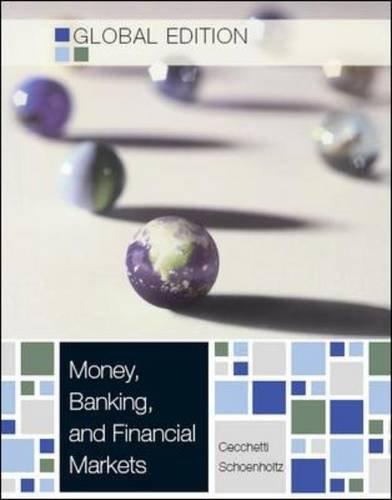Question
You have been given the expected return data as shown in the following table on three assets X, Y, and Z over the period 2018-2023.
You have been given the expected return data as shown in the following table on three assets X, Y, and Z over the period 2018-2023.
| Expected Returns | |||
| Year | Asset X | Asset Y | Asset Z |
| 2018 | 12% | 14% | 9% |
| 2019 | 11% | 13% | 10% |
| 2020 | 10% | 12% | 11% |
| 2021 | 9% | 11% | 12% |
| 2022 | 8% | 10% | 13% |
| 2023 | 7% | 9% | 14% |
With the above assets, you considering seven investment alternatives shown in the following table.
| Alternative | Investment |
| 1 | 100% in Asset X |
| 2 | 100% in Asset Y |
| 3 | 100% in Asset Z |
| 4 | 50% in asset X and 50% in asset Z |
| 5 | 50% in asset Z and 50% in asset Y |
| 6 | 30% in asset Z and 70% in asset Y |
| 7 | 70% in asset Z and 30% in asset Y |
1- Calculate the expected return over the 6-year period for each of the seven alternatives. (Show your work)
2- Calculate the standard deviation of returns over the six-year period for each of the seven alternatives. (Show your work)
3- Calculate the coefficient of variation for each of the seven alternatives. (Show your work)
4- Based on your findings, which of the seven investment alternative would you recommend? Why? (Show your work)
Step by Step Solution
There are 3 Steps involved in it
Step: 1

Get Instant Access to Expert-Tailored Solutions
See step-by-step solutions with expert insights and AI powered tools for academic success
Step: 2

Step: 3

Ace Your Homework with AI
Get the answers you need in no time with our AI-driven, step-by-step assistance
Get Started


